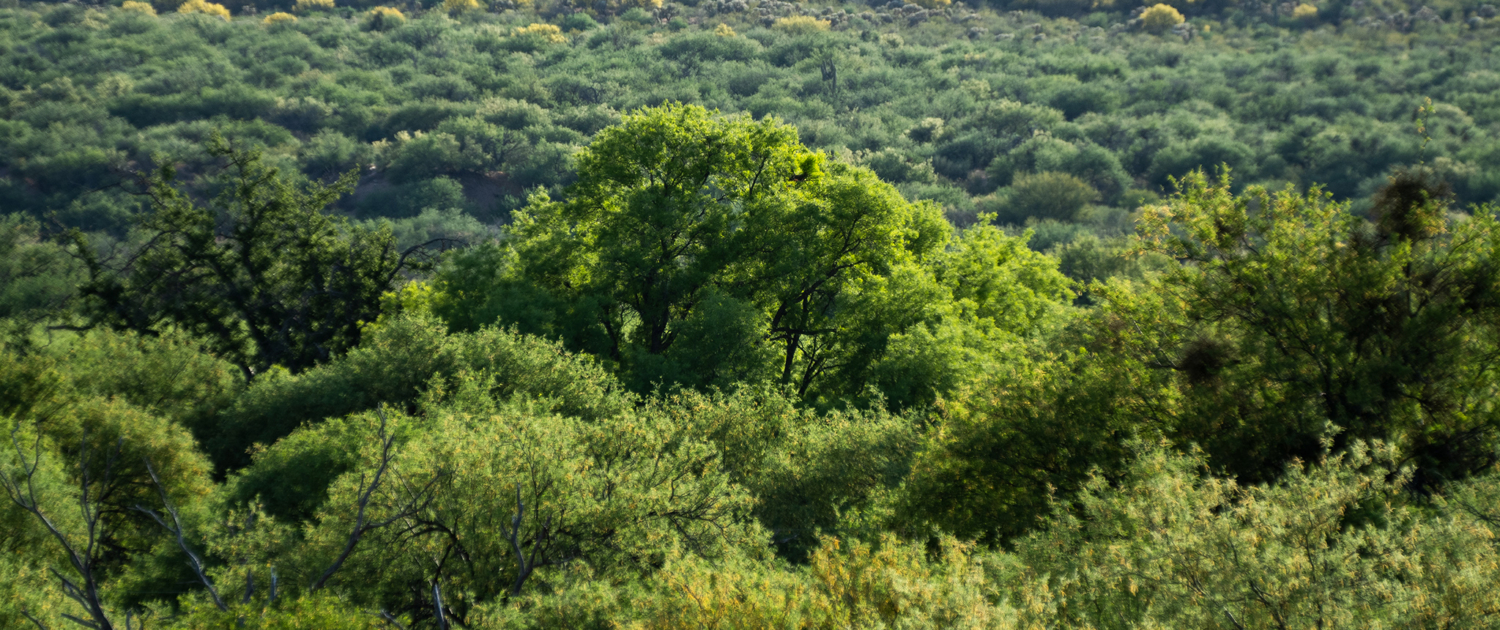Indigenous Traditional and Ecological Knowledge helps broaden our Understanding of a Unique Native Plant Species in Arizona
A specific soapberry tree, Sapindus saponaria var. drummondii, is known to only occur in Arizona. This tree, identified by its small, red berries and bright green leaves, holds cultural importance for many Native American tribes. Soapberry wood was used by Native Americans to craft arrows in the early twentieth century and the black seeds can be used to make beads or soap. Recent studies have also shown that soapberry can be used medically for a range of skin and other conditions.
Resolution Copper’s 7B Ranch is home to 3,050 acres of riparian ecosystem along the Lower San Pedro River and is home to threatened and endangered bird species, and also hosts one of the largest soapberry groves currently known to occur in Arizona based on what has been recorded in herbarium records and other published records examined. On the property, the soapberry grove occupies an area of over 10,500 square feet and contains an estimated 5,200 live soapberry stems. It occurs within the old-growth mesquite bosque which covers the majority of the property.
Soapberry thickets are ecologically important in Arizona, as they provide habitat for a variety of plants and animals. In particular, the Sapindus saponaria var. drummondii is the only known host species for the soapberry hairstreak butterfly. This butterfly is the only member of its genus and is native to the Southwest. The miniscule green caterpillars of the soapberry hairstreak and similar species are well camouflaged against the leaves of their host plant, with nearly identical bright green coloration and hair textures. The longevity of the soapberry hairstreak butterfly is directly tied to the preservation of this soapberry plant.
Resolution Copper is grateful to Celeste Andreson for the discovery of the soapberry grove at the 7B Ranch and the partnership with botanists from WestLand Resources and Native American Tribal monitors to study this special ecosystem along the Lower San Pedro River.

